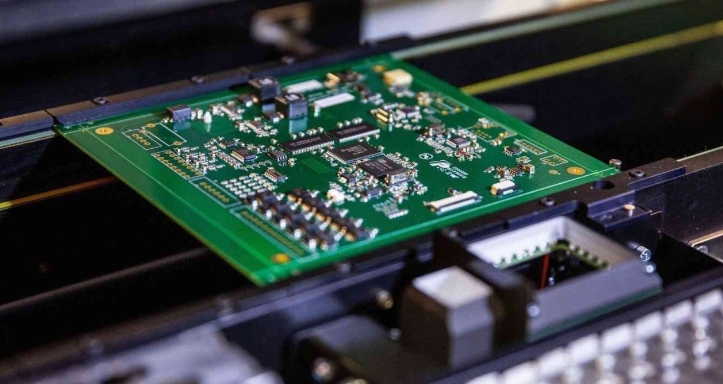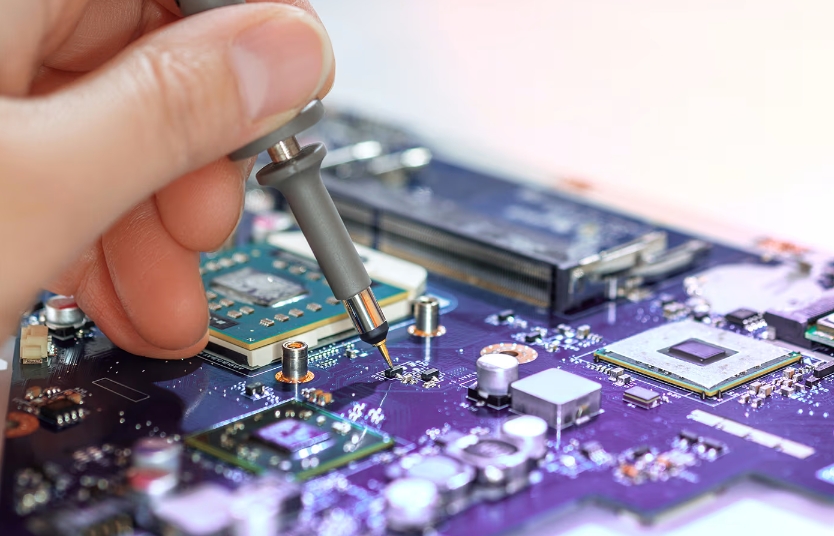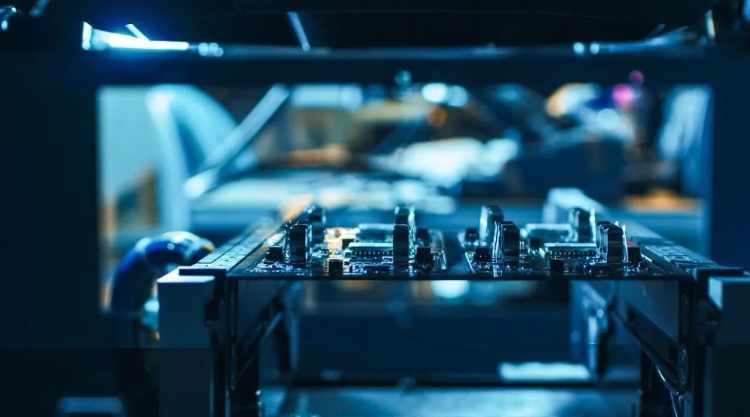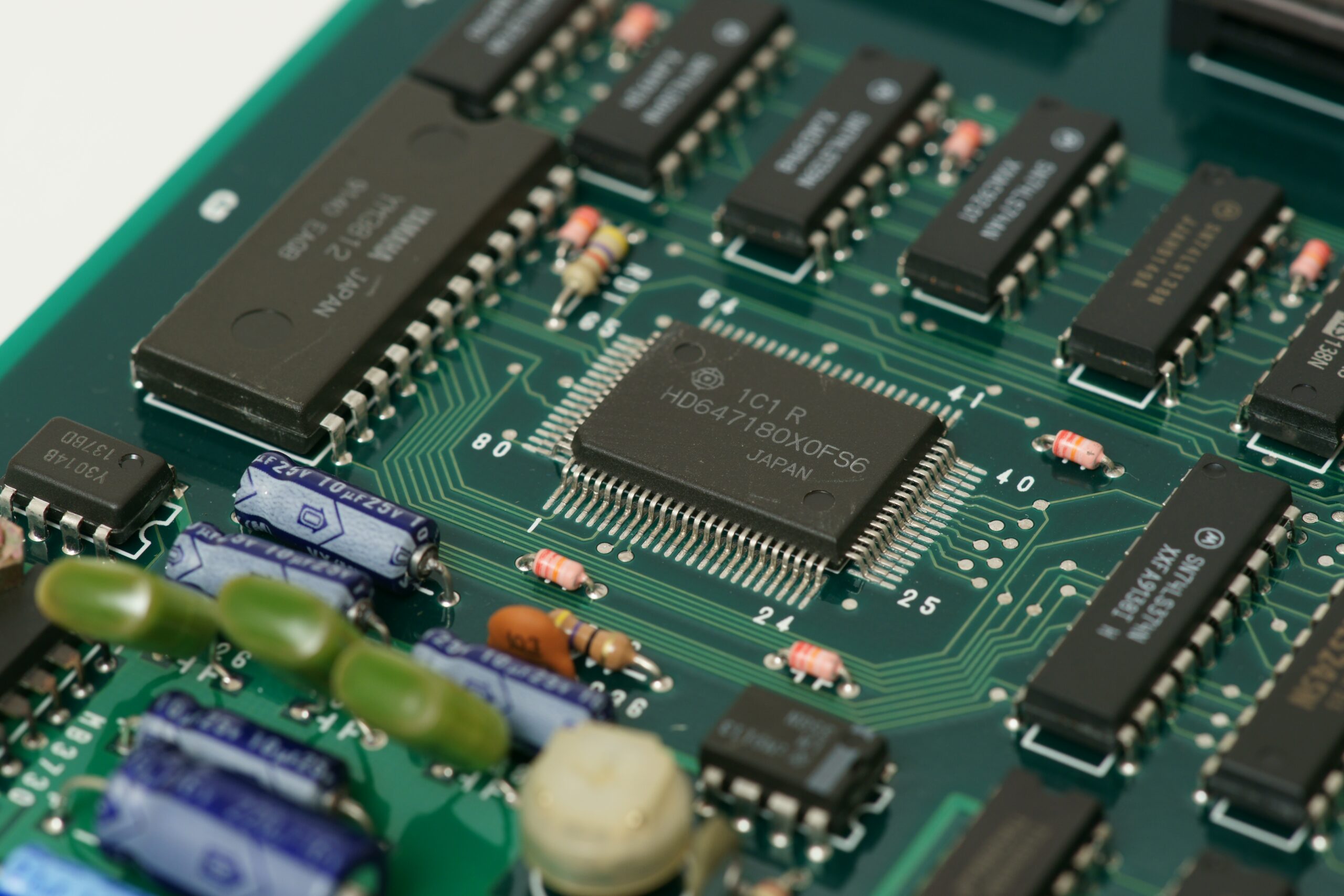How can ultra low loss PCB enhance the performance of RF circuits?
The performance of circuits is critical in radio frequency (RF) applications. Ultra low loss printed circuit boards (PCBs) have become a key component in optimizing these circuits, allowing them to operate more efficiently and effectively. Next, we will explore how Ultra low loss PCB enhance the performance of RF circuits, providing valuable insights for users and consumers interested in these advanced technologies.
Introduction to Ultra low Loss PCB
Ultra low loss PCBs are specifically designed to minimize signal loss and improve the efficiency of RF circuits. These PCBs utilize advanced materials and manufacturing techniques that significantly reduce dielectric loss, the primary contributor to signal degradation in high-frequency applications. Users can appreciate their vital role in modern RF circuit design by understanding the foundational elements of Ultra low loss PCBs.
The construction of Ultra low loss PCBs typically involves high-performance substrates with low dielectric constants and dissipation factors. These properties are essential for maintaining signal integrity, particularly in microwave frequency applications.
Minimizing Signal Loss in RF Circuits
One of the primary advantages of using Ultra low loss PCBs is their ability to minimize signal loss. In RF applications, even minor losses can substantially impact overall circuit performance. By explicitly employing materials engineered for low and ultra low loss, PCBs help maintain more muscular signal strength and clarity throughout the circuit.
The PCB material’s dielectric loss tangent (tan δ) is crucial in determining signal loss. Ultra low loss PCBs typically feature a tan δ value significantly lower than standard PCBs, allowing them to transmit high-frequency signals with minimal attenuation effectively. This reduction in signal loss translates to improved performance, making Ultra low loss PCBs an ideal choice for RF applications such as wireless communication, radar systems, and satellite technology. Furthermore, minimizing signal loss can enhance RF circuits’ energy efficiency. As signal strength is preserved, the need for additional amplification decreases, ultimately conserving power and reducing operational costs.

Ultra low loss PCB improves impedance control
Another critical aspect of RF circuit performance is impedance control. Impedance mismatches can cause signal reflections that degrade the quality of the transmitted signal. Ultra low loss PCBs are designed to provide precise impedance control, ensuring signals are efficiently transmitted without encountering significant reflections.
By utilizing specific manufacturing techniques, such as controlled impedance routing and advanced microstrip or stripline designs, Ultra low loss PCBs maintain consistent impedance levels across the board. This consistency is critical for high-frequency applications, as even minor impedance variations can result in degraded performance. Additionally, the materials used in Ultra low loss PCBs are carefully selected to provide optimal electrical characteristics, further enhancing impedance stability. This impedance control and predictability level make Ultra low loss PCBs an excellent choice for applications that demand high signal fidelity.
Thermal Management Benefits
Thermal management also heavily influences the performance of RF circuits. Excessive heat can negatively impact circuit performance and longevity, making effective thermal management necessary. Ultra low loss PCBs are engineered to dissipate heat efficiently, ensuring that RF circuits operate within optimal temperature ranges.
The materials and design of Ultra low loss PCBs allow for improved thermal conductivity, which aids in the efficient dissipation of heat generated during operation. By minimizing hot spots and maintaining a consistent thermal profile, these PCBs help prevent performance fluctuations from temperature variations. Moreover, effective thermal management contributes to the overall reliability of RF circuits. When components operate within their designated temperature ranges, the risk of failure decreases, leading to longer lifespans and reduced maintenance costs.

Enhancing Frequency Response
Ultra low loss PCBs also contribute to an enhanced frequency response in RF circuits. Maintaining signal integrity across a wide frequency range is essential for many applications, particularly those involving high-speed data transmission and complex modulation schemes.
By minimizing dielectric loss and improving impedance control, Ultra low loss PCBs enable RF circuits to perform optimally at higher frequencies. This capability is increasingly important as communication technologies evolve and demand higher bandwidths and faster data rates. Furthermore, Ultra low loss PCBs can support a broader range of operating frequencies, making them versatile solutions for diverse applications.
Supporting Advanced Circuit Design Techniques
The advanced characteristics of an Ultra low loss PCB support various cutting-edge circuit design techniques, such as integrated passive devices and multilayer structures. These design methodologies leverage the PCB’s low-loss properties to create compact, high-performance circuits that meet modern application demands.
For instance, integrating passive components within the PCB can reduce the need for additional discrete components, thereby saving space and enhancing performance. Ultra low loss PCBs provide the electrical characteristics to ensure these integrated components operate effectively, maintaining signal integrity throughout the circuit. Moreover, multilayer designs allow for greater complexity and functionality in RF circuits. Ultra low loss PCBs enable designers to create intricate layer stacks that optimize performance while minimizing size, a critical requirement in today’s compact electronic devices.

The Future of RF Circuit Performance with Ultra low Loss PCB
Ultra low loss PCBs provide the essential functionality required for high-performance RF applications by minimizing signal loss, improving impedance control, and supporting effective thermal management. As the industry continues to evolve and the demands placed on electronic components become more demanding, the importance of ultra low loss PCBs will only grow. Their ability to support cutting-edge technologies and meet the stringent performance standards of modern RF applications makes them a critical component of future electronic products.

